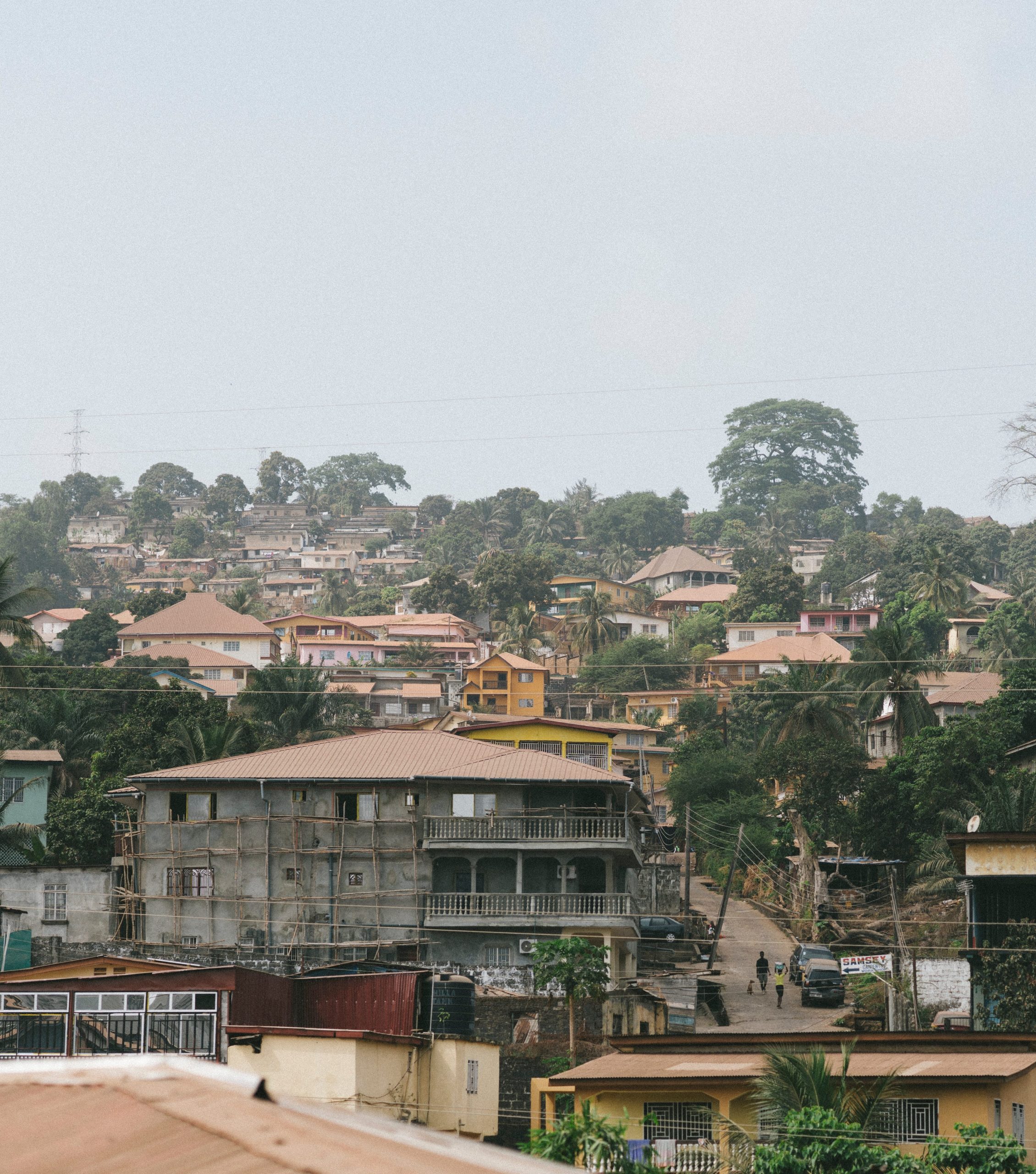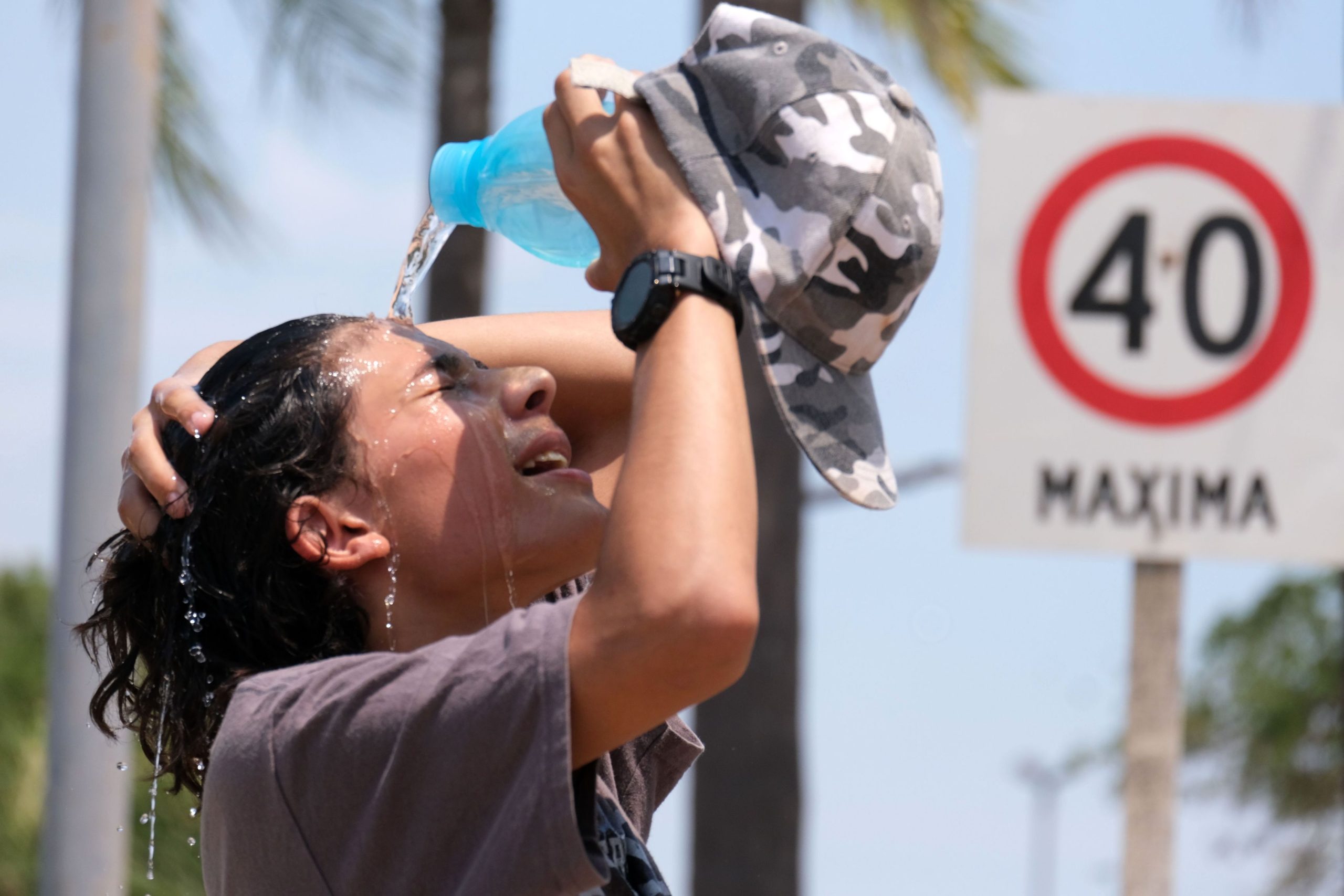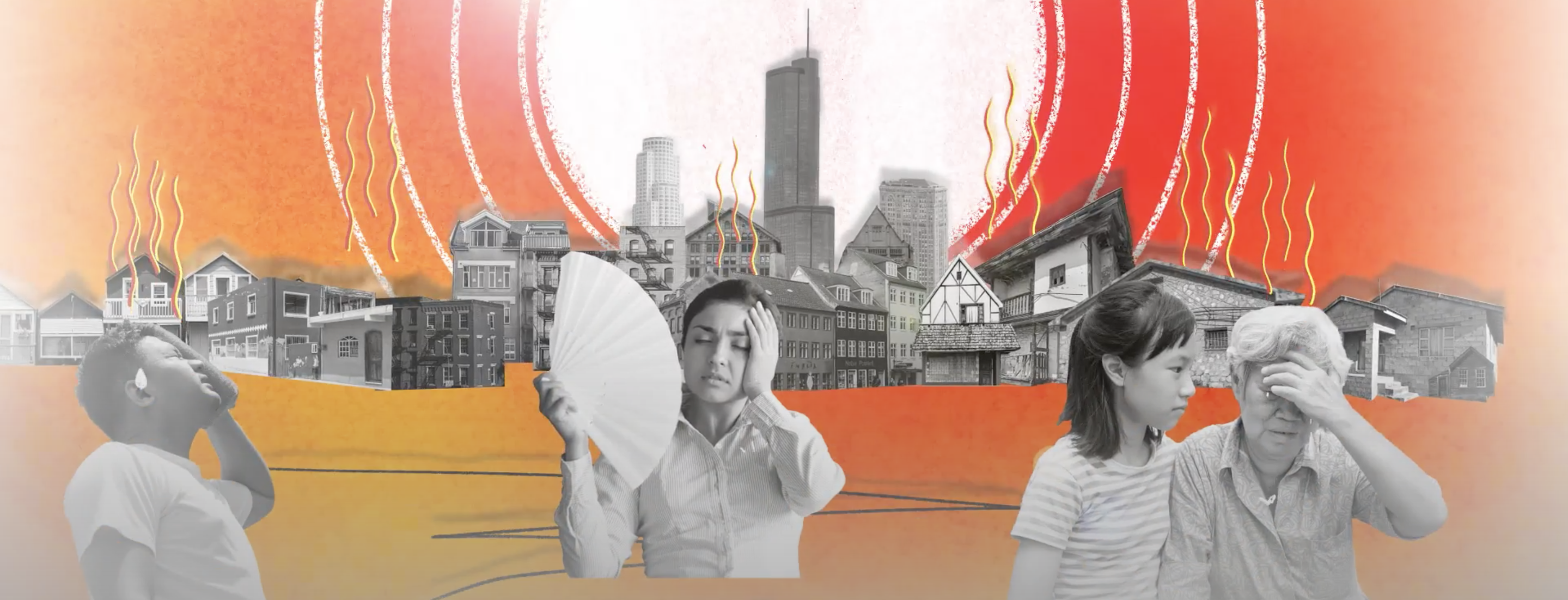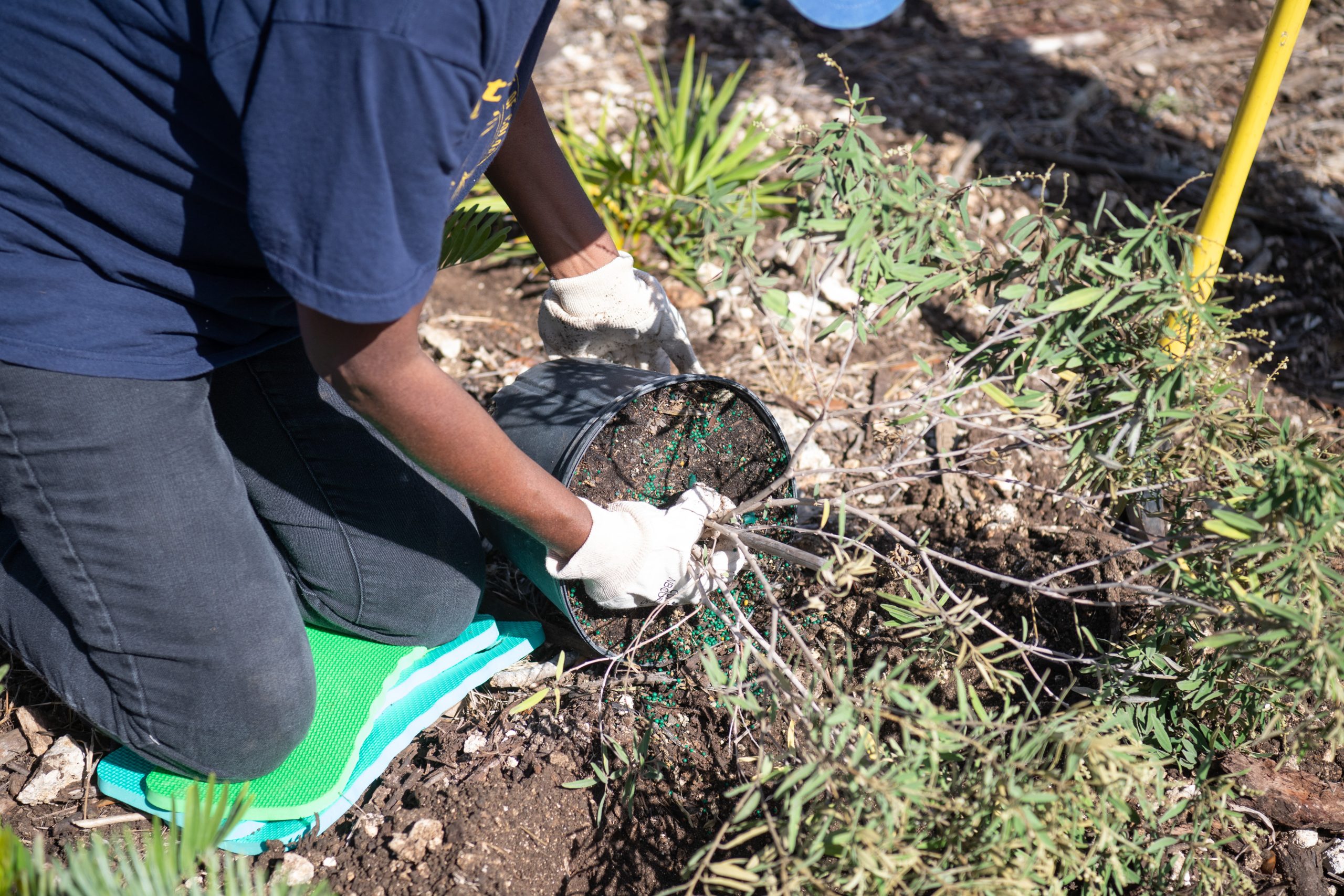About the Heat Risk Reduction Guidelines
Like many cities around the world, Athens is experiencing increasingly hot summers, characterized by frequent and extreme heatwaves. Also like many other cities, the densely developed urban center of Athens has limited parks and tree canopy, creating a “heat island” effect that contributes to rising temperatures and community vulnerability to extreme heat.
The Heat Risk Reduction Guidelines provide a framework for designing public spaces to reduce urban temperatures, using Athens as the model. It examines the use of urban nature, water, and building materials to reduce temperatures, providing technical specifications for which solutions are best suited for different urban typologies found in the city.
Key takeaways
The guidelines highlight the need for each city to adopt a unique resilience strategic plan based on its objectives, priorities, challenges, context, and pressures. However, it also shows how there is a common denominator when working towards a sustainable, resilient future that is achieved by building off a framework that can be applied globally.
What’s in the report?
Foreword
Introduction
Water Elements
Green Elements
Materials
Municipality Policies
Among the key takeaways from the Heat Risk Reduction Guidelines are:
- Water plays an essential role in the resilience of a city and is not always readily available. Moreover, amid the rising challenges of climate change, using potable water for irrigation and urban water features can become expensive for a city to maintain. Sustainable water elements play a critical role in not only reducing ambient temperatures but also by supporting green infrastructure. Redesigning public spaces is an opportunity to create complementary irrigation systems for greenspaces, as well as a water supply for water elements in squares and playgrounds.
- When integrating water elements, it is critical to assess how they will help citizens experience outdoor spaces. Whether it is a water mirror that children are able to play in with their friends, or misters that keep adults in the town square cool, water is instrumental in not only allowing citizens to survive but also in keeping the city and community a vibrant place.
- It is necessary to take a holistic view of what green solutions are introduced into a public space. This includes and goes beyond selecting them based on their resilience to high temperatures, drought, and water scarcity For instance, for ecosystems to function optimally, there are specific species of flora and fauna that serve as keystone species that define an entire ecosystem—without these species, the ecosystem would be dramatically different. The priorities that plant selection should be based on are (a) high performance in terms of shading and temperature reduction, (b) function as carbon dioxide storage sites, i.e., their contribution to the mitigation of greenhouse gas (GHG) emissions, (c) reduction of air pollution, (d) slowing down of stormwater runoff, stormwater conveyance, filtration, infiltration, and groundwater recharge, and (e) enhancement and support of biodiversity.
- When choosing the materials for building public spaces, designers must consider, among other criteria, whether the color and reflectivity of the materials will make them usable in the summer months and how well and quickly the materials dissipate heat. Designers should work towards the elimination of materials such as steel, iron, plastic, aluminum, and low-quality rubber elements, as well as avoid the use of dark colors, especially gray, charcoal, black, dark green, dark blue, and dark terracotta colors in playgrounds, parks, and other public spaces.



